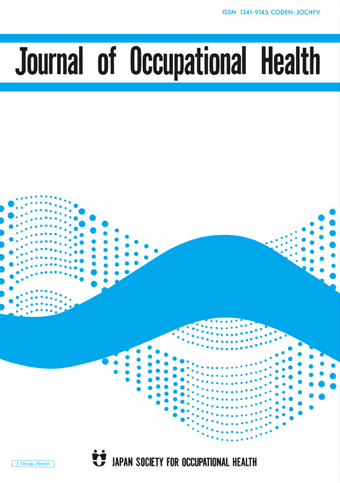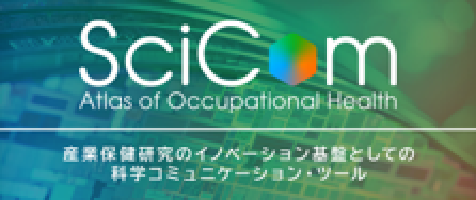Use of Respiratory Protection Equipment among Japanese Workers Exposed to Toxic Dust Particles
Workers who are exposed to hazardous dust particles at work must wear appropriate respiratory protective equipment (RPE) to protect themselves from intoxication and acute respiratory diseases. Not doing so could results in diseases like pneumoconiosis or lung cancer in the long run.
In Japan, where around 200 new cases of pneumoconiosis are reported every year, the Ordinance on Industrial Safety and Health requires workers, who are exposed to harmful substances, to be educated on their personal protection equipment (PPE) and to use it mandatorily.
Despite this, however, very little research has investigated the use of RPE in workplaces until now. Through our cross-sectional study, we aimed to fill this gap on the types and methods of RPE used by Japanese workers exposed to hazardous dust particles at work. We surveyed 212 male workers from 9 manufacturing companies, working at 10 different plants, between July and December 2018.
Our questionnaire was developed based on the opinions of 8 occupational physicians and sought basic work information like duration of work engagement, types of RPE, methods of using RPE, and the workers’ awareness about RPE. We followed up this survey with an on-site investigation of 8 out of the 10 manufacturing plants to get a better sense of the actual status of RPE use on the ground.
Our research found that 53.3% of the workers used replaceable filter dust masks. Of these, 50% wore the headband around their helmets instead of in the parietal-occipital region, which was most appropriate. One reason for this could be the ease of removing the RPE when doing so. 19.3% used a disposable dust mask, and none of the workers used the ideal powered air purifying respirator (PAPR). This is, perhaps, because the law did not mandate the use of this mask and because it is costlier.
Moreover, 27.4% of the workers used a knit cover between the face-piece cushion and their faces to prevent rashes from developing on their faces, and 11% used a towel to protect themselves from heat radiation and hot materials. 69.5% of these workers placing a fabric between the face-cushion and their face did not perceive any problem with their RPE. Overall, 73.6% of the workers believed that their method of wearing the RPE was correct, and only 8.5% thought their method was incorrect.
These findings suggest that Japanese workers use a variety of methods to wear their RPE, and education and testing can help avoid the improper usage of RPE and more efficient protection against toxic particles.
Link to the original journal article:
https://www.jstage.jst.go.jp/article/eohp/advpub/0/advpub_2019-0005-FS/_article/-char/en
A survey on methods of wearing respiratory protective equipment and awareness of respiratory protection among workers engaged in dust-generating work
Taiki Shirasaka, Hajime Ando, Kazunori Ikegami, Akira Ogami
Here are some ways you can make it easier for your plain-language summary to be discovered once it has been published:
- Upload the summary on your personal, lab/research group, or university website.
- Share the published content with peers and colleagues through your personal social media accounts (Facebook, Twitter, Blogs, and LinkedIn). Link this back to the journal’s social media promotions for your paper.
- Include the link to the published post in your email signature line.
News & Announcement
-
Mar 14, 2025EOH-P has been listed on PMC/PubMed!The articles published in EOH-P have been registered with PMC/PubMed, the U.S. Nation...
-
Jun 11, 2021Lay Summary page open!Lay Summary page provides you article summaries in order of study categories. You can...
-
Oct 1, 2019EOH-P is now released!The Environmental and Occupational Health Practice (EOH-P) has been released. Please ...
Journal Info
Average 46.14 days from submission to first decision
Average 120.95 days from submission to acceptance







